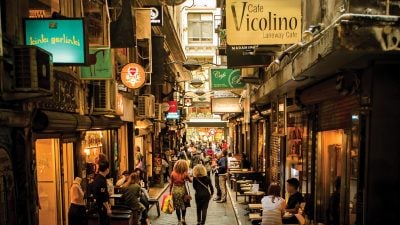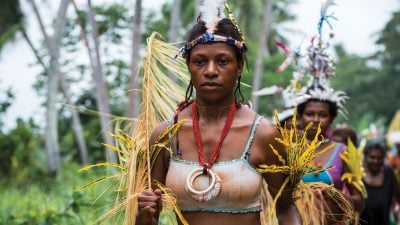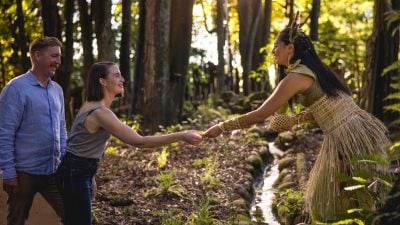Home / Australia & South Pacific / Fascinating Indigenous Sites t…

Fascinating Indigenous Sites to Explore on Australia Tours
Australia may only be 117 years old as a nation, but it’s been home to humans for over 40,000 years and has fascinating sites associated with this long history. In fact, its Indigenous communities are some of the oldest civilizations on the planet. When you travel to Australia, you have a chance to engage with these Indigenous communities, admire their ancient rock art sites, and get in touch with the magic of the landscape and the natural world. With this in mind, we’ve highlighted a few of the most fascinating Indigenous sites to see on Australia tours. They’re by no means the full range of Indigenous landmarks in Australia, but they do offer the chance for Globetrotters to get in touch with thousands of years of living history and experience the essence of the nation.
Uluru/Ayers Rock
This mighty sandstone monolith in the heart of Australia’s Red Centre is the country’s definitive icon and most popular site associated with Indigenous cultures. The local Anangu people have held it sacred for millennia and cared for the land around it. According to local tradition, the monolith was formed during the Dreamtime, the mythical period of creation that’s the foundation for many of Australia’s Indigenous beliefs. The rock’s many fissures and outcrops are thought to be evidence of its legendary formation, and as such, many of these sites are settings for Indigenous rituals regarding ancestral spirits. If you do a walk around the base of Uluru and spot some of these sacred sites, you’ll notice “No Photos” signs put up, as photography would disrespect the sacred nature of the site.
As well, although some tour groups advertise climbing Uluru, the Anangu would prefer if travellers don’t climb it out of respect for its sacred place within their culture. You don’t need to climb Uluru to appreciate its majesty. You can spend a few nights here, experiencing the rock glow deep red and blue at sunrise and sunset. You can also head on a bush tour with a local Indigenous guide to learn about sacred legends of the rock and deepen your knowledge of its place within the Dreamtime.
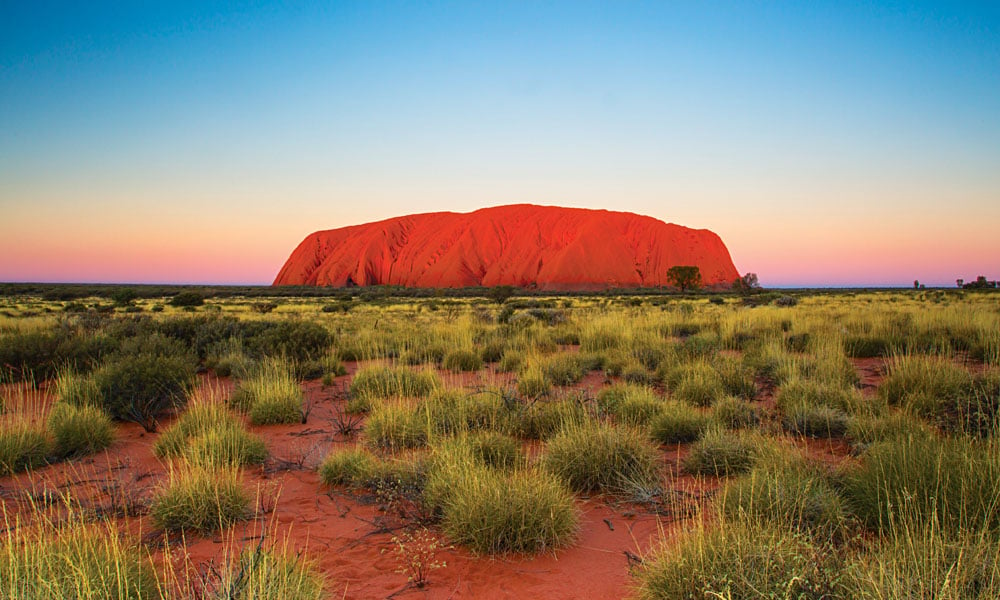
Kata Tjuta/The Olgas
These sandstone mounds lie just to the west of Uluru/Ayers Rock and are also under the care of the Anangu people. You’ll find more than 30 of these red rocks jutting out of the rugged Outback in Uluru-Kata Tjuta National Park. Each individual mound may be smaller than Uluru, but the cumulative effect is no less impressive than their more-famous neighbour. Of the many sacred legends about Kata Tjuta, likely the most significant one is that the largest mound, Mt. Olga, is home to the snake, Wonambi, also known as the Rainbow Serpent. Wonambi lives in a waterhole on the summit during the rainy season. When the rains dry up, he moves into the gorge below the summit and causes wind to blow through the gorge and onto the plains. You might feel Wonambi’s breath blow through your hair on a hike around the summit of the Olgas and through the gorge. Even if you don’t, the sight of these massive sandstone mounds is magical enough on Australia tours.
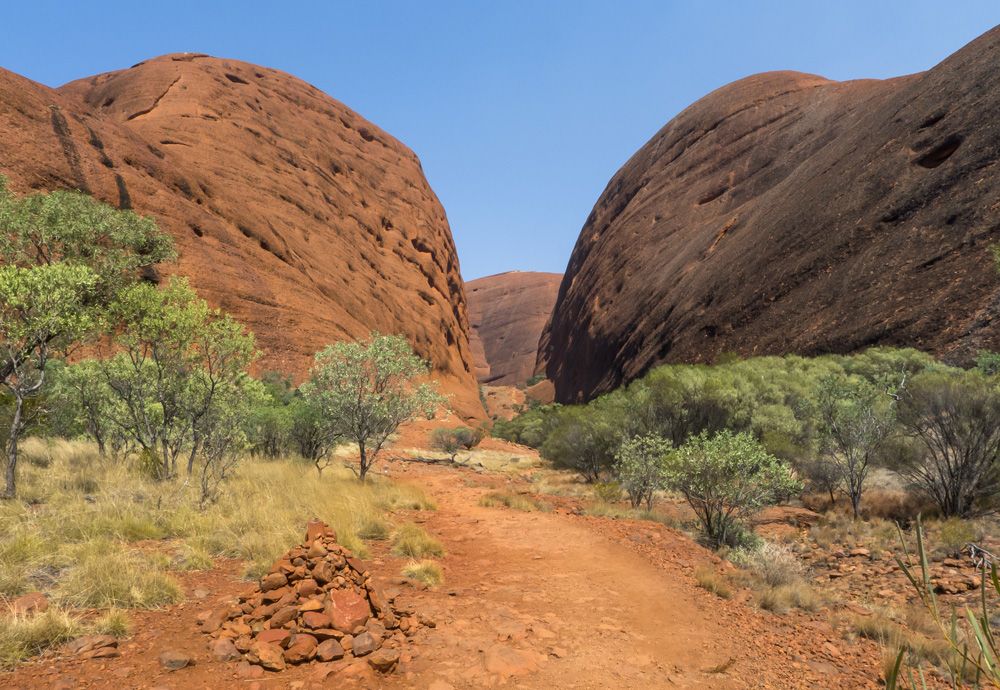
Kakadu National Park
Located in the Top End of the Northern Territory, the massive Kakadu National Park is Australia’s most popular nature reserve and also the home of one of the oldest communities on the planet. Archaeological records show that the first Australian inhabitants lived in Kakadu around 40,000 years ago, and the descendants of these first peoples still live in the region today. When you visit Kakadu, you have the opportunity to meet with the local Indigenous peoples – the Bininj in the northern section of the park and the Mungguy in the south – and learn about their customs and the incredibly-long continuity of their culture. (Just think about it: 40,000 years of culture makes Ancient Egypt seem young.)
The Warradjan Aboriginal Cultural Centre is a great spot to learn about local customs and get informed about the history of the region. However, perhaps the most exciting aspects of Kakadu’s Indigenous heritage are the many rock galleries throughout the park. The most popular are at Ubirr and Burrungkuy (Nourlangie), but you can find ancient rock paintings and carvings all throughout the park. These artworks date back tens of thousands of years and tell stories about the ancient past with depictions of the creation myths and ancient animals like Tasmanian tigers. They’re a great cultural add-on to the canoe trips down billabongs and crocodile encounters that draw most visitors to the park on Australia tours.
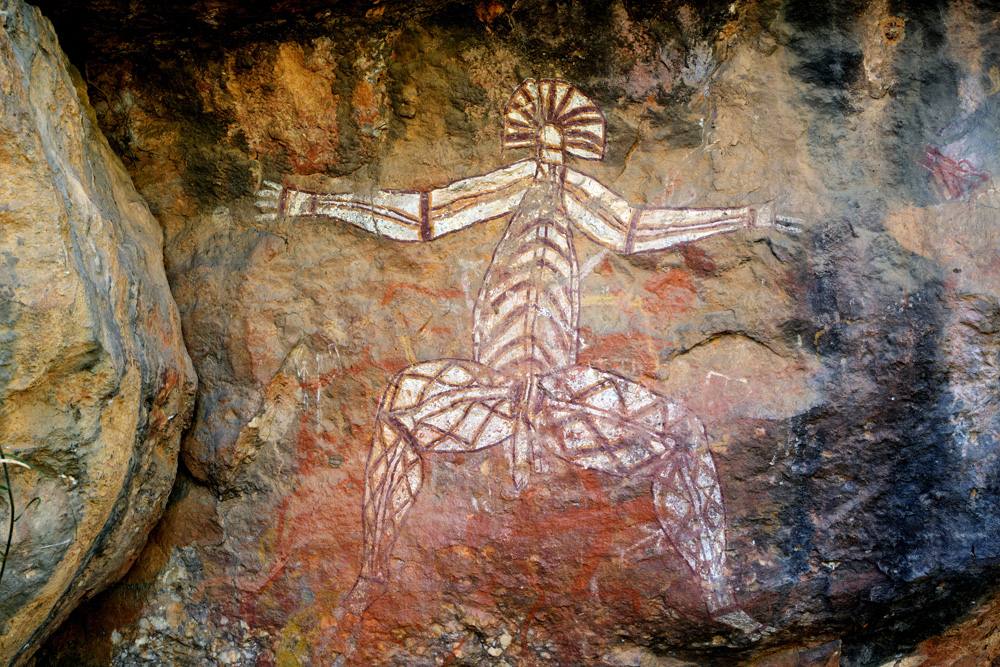
Kuranda
Located just 25km to the northwest of Cairns in tropical Queensland, Kuranda is a village in the midst of the rainforest. Indigenous peoples have lived in the rainforest for 10,000 years and it has played a key role in stories about the Dreamtime and creation myths of the region. In Kuranda, you can head to the Rainforestation Nature Park to see the wild animals that live in the forest. You can also enjoy the Pamagirri Aboriginal Experience, which showcases the traditions and activities of the local Pamagirri people. Just outside the rainforest in Smithfield, you’ll also find the Tjapukai Aboriginal Culture Park, which offers the opportunity to engage with Indigenous traditions. It’s conveniently located near the Skyrail train station, so if you’re planning a ride through the rainforest, you can easily combine it with a visit to the cultural park to experience the best of the region’s nature and culture.
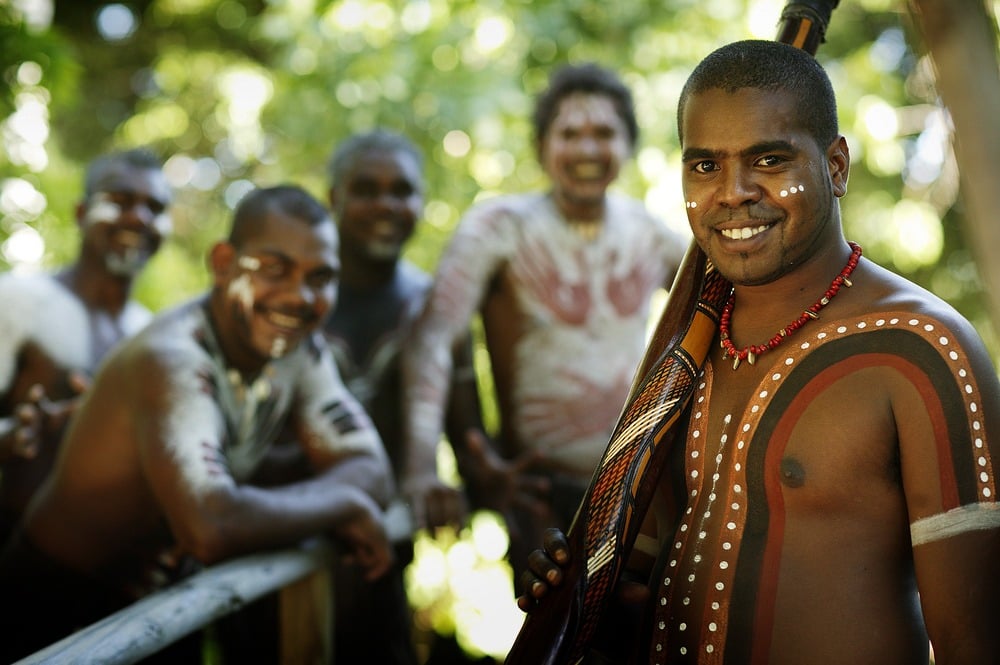
The Kimberley
This massive stretch of Outback between Broome on the west coast and Kununurra near the eastern border with the Northern Territory is a great place to meet Indigenous folks in small communities and visit ancient rock art sites that date back at least 16,000 years. The Kimberley is rugged and devoid of any large urban populations, so the small collections of Indigenous farms and communities throughout the tangle of gorges, deserts, and waterways are the closest you’ll get to bustling urban life in the region. Beyond offering the chance to meet local people and explore the striking landscape, the Kimberley is home to many rock art sites. In particular, you’ll find artworks in the Wandjina style, which feature spiritual ancestors with human characteristics. You can also find examples of Gwion style here, which show figures using boomerangs, spears, and other tools.
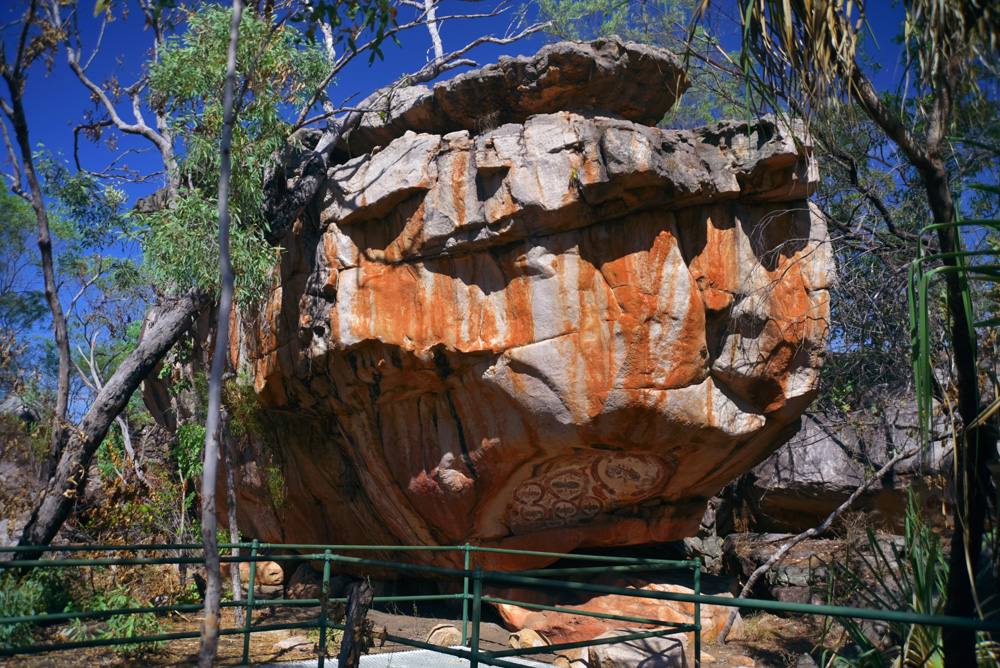
Ku-ring-gai Chase National Park
If you’re only exploring Sydney during your time in Australia, this is a convenient spot to engage with the country’s Indigenous heritage. Located just outside Sydney, Ku-ring-gai Chase National Park has around 400 rock art sites, the most famous of which is the Red Hands Cave, which features incredible stencils of red hands covering the rock. In addition to being close to Sydney, the park is also easy to walk around. You can hike the stunning trails of bushland near the Hawkesbury River and learn about Indigenous legends at the various rock art sites. The Aboriginal Heritage Walk showcases the artworks of the Guringai people and takes around three hours to walk.
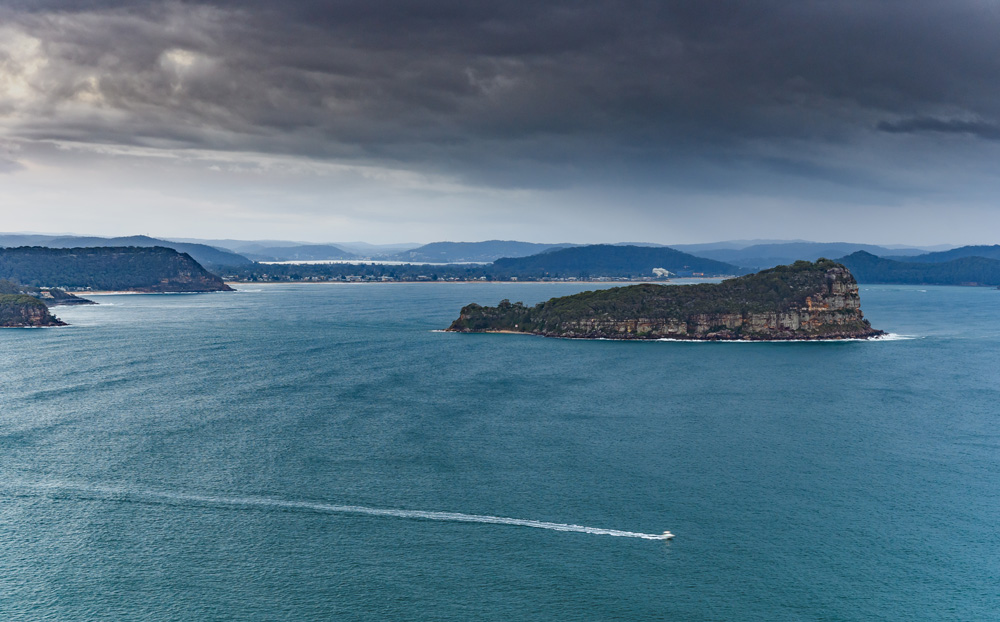
Wilpena Pound
This massive natural amphitheatre is located in the Flinders Ranges of Southern Australia and is one of the most significant natural icons within Indigenous Australian traditions. Known as the “meeting place” within the local Adnyamathanha language, Wilpena Pound is said to have been formed when two giant ancestral snakes ate too much and laid down to rest, turning into the rocks of the mountain range over time. The rock formation runs 17km long and 8km wide and is located around six hours north of Adelaide, so it’s not as easy to get to as Ku-ring-gai Chase National Park, for instance, but it’s one of Australia’s most majestic icons, dating back 800-million years. Local Indigenous entrepreneurs run tours of the site, which give travellers great opportunities to learn the stories, see the magnificent icon up close, and support local businesses. If you really want to get the full experience, book a flight tour over the pound to see it from the air; the sight will leave you breathless.

Grampians National Park
Located a few hours from Melbourne, this park contains the majority of rock art sites in the state of Victoria. It also features a stunning landscape. The Brambuk Cultural Centre in Halls Gap is a great place to get your bearings and get in touch with local Indigenous guides who’ll take you to the rock art sites. Some of the sites date back over 20,000 years and most are open to the public, so you’ll rarely find so many sites accessible within such a relatively-small area. In particular, it’s worth heading to Manja in the western part of the park and Ngamadjidj in the northern section. While you explore the bush and see the sites, you’ll also learn about the creation myths from the Jardwadjali people.
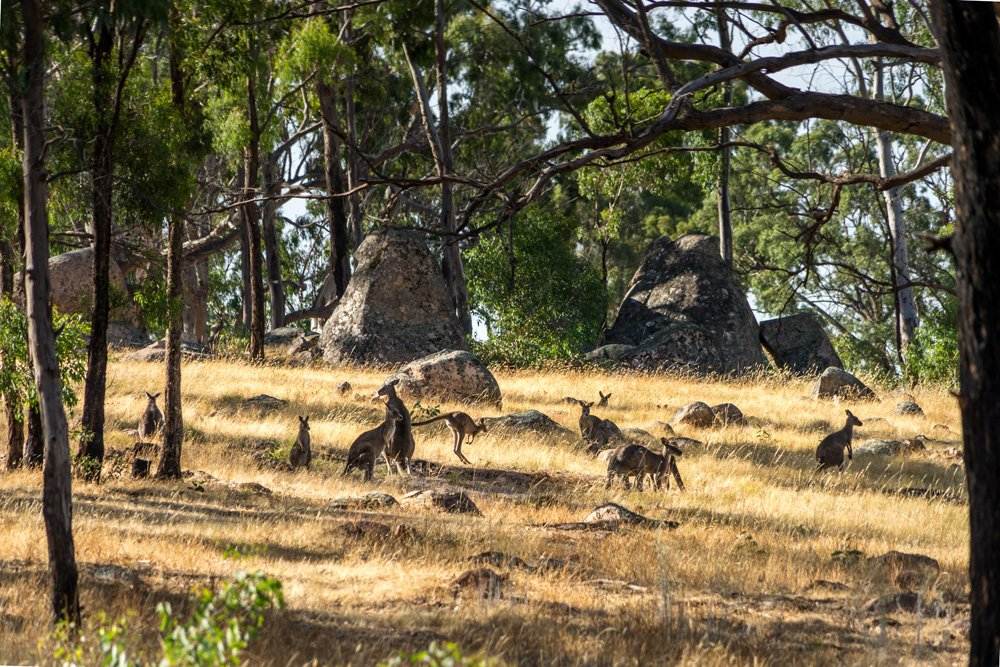
The unique cultures, legends, and artworks of Australia’s Indigenous peoples are as essential to the nation’s identity as the Great Barrier Reef or the natural beauty of the Outback. Marvel the majestic landscape, on Australia tours, and engage with its 40,000 years of living history.
Get more travel inspiration by email.
Subscribe
0 Comments

Get the latest travel trends & hear about the best deals on vacations around the world.
If you’re a Globetrotter, these are the newsletters for you!
